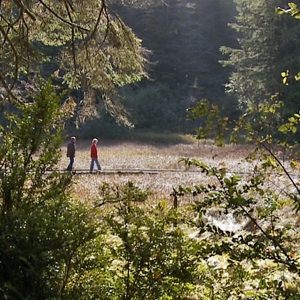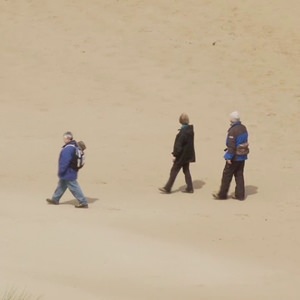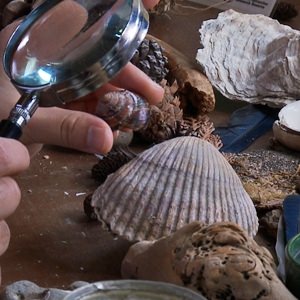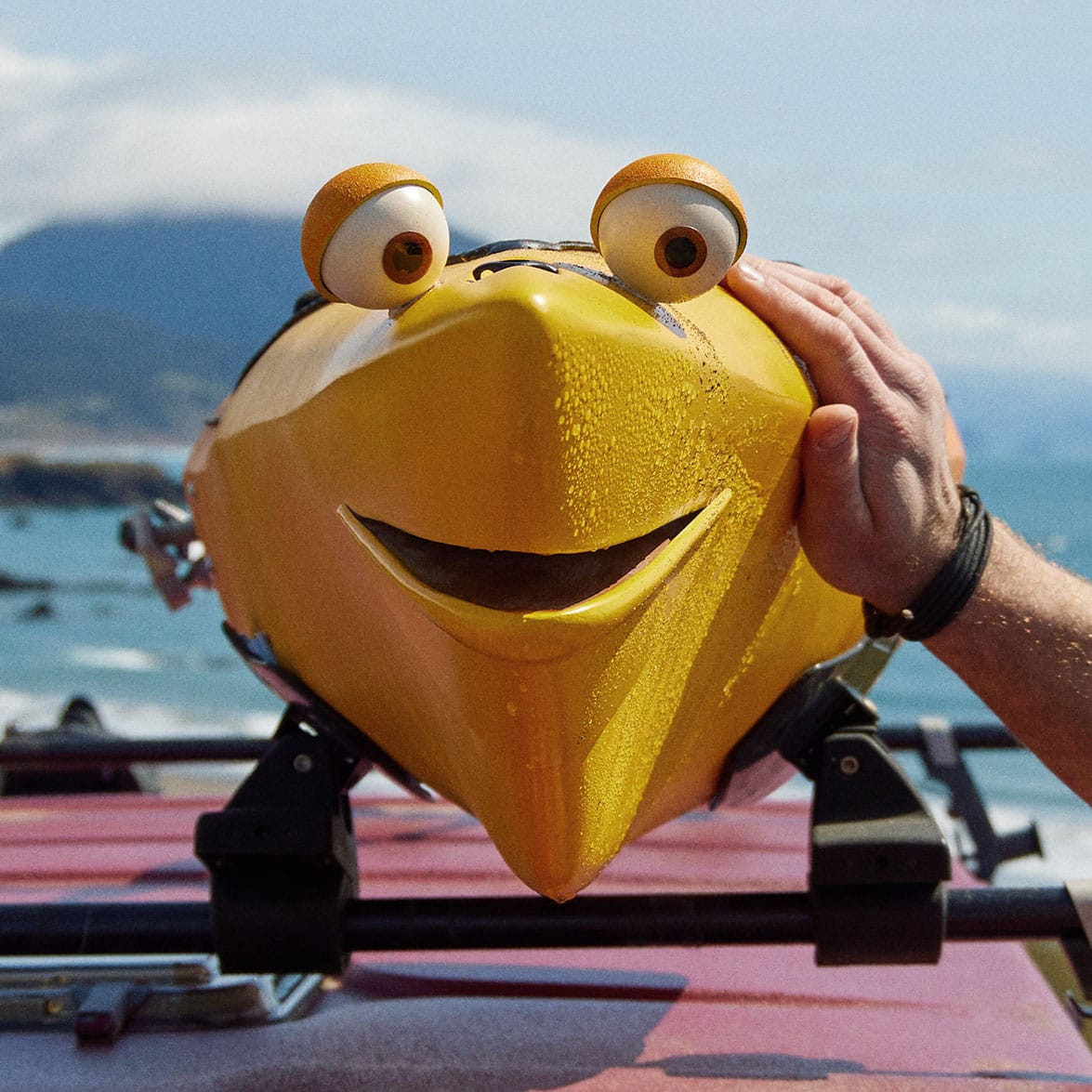It’s a road once taken, you’ll never want to leave: the Cape Arago Beach Loop skirts a lonesome section of Oregon’s South Coast. It leads you past so many intriguing sights and sounds that you may wonder, “Why have I never come this way before?”
When Marty Giles comes a-knocking, you better be ready because class is in session. The longtime teacher and owner/operator of Wavecrest Discoveries showed up bright and early at our campsite in the Sunset Bay State Park.
Chris and I were ready for a day of travel and learning more about the Coos Bay area. Marty promised us a day filled with sights that would take our breaths away and “fill us with surprise!”
First stop: the Oregon Dunes National Recreation Area, a timeless coastal treasure and giant sandbox with plenty of elbowroom to stretch out and play.
The Oregon Dunes covers 40 miles from Florence to Coos Bay and it is an Oregon landmark for outdoor recreation.
People come from all over to experience nearly 50 square miles of sand, forest, rivers and lakes, so don’t forget your hiking boots when you stroll the many trails to reach the dunes.
We followed Marty along the John Dellenback Dunes Trail at the Eel Creek Campground.
She noted that many folks are surprised to learn that the dune sand didn’t come from the ocean, but rather from the mountains.
“The sand is really tiny bits of rock or crystals that are broken apart, brought from the mountains down to the ocean,” said Giles. “The sand grains that we’re standing on came down the streams and rivers down the ocean when the sea level was lower and then were pushed back up as the sea level rose up.”
Hiking across the dunes really puts you in touch with a unique story of Oregon’s geography. Giles noted that some of the dunes reach 500 feet tall, among the highest dunes in the world.
The Oregon Dunes story is interesting, complex and ever changing.
“Everybody likes the open sand,” noted Giles. “Everybody likes this type of habitat; everyone likes this sense of openness and dynamics of things changing. It feels wild with the wind blowing. It has a wonderful sense of place and everybody likes that.”
Soon, we were back on the road and traveled 6 miles southeast from Sunset Bay State Park on the Seven Devils Road to visit a piece of Oregon coastal paradise that’s been preserved since 1974.
The South Slough Estuarine Research Reserve offers a visitor center that introduces you to the area with varied multimedia and hands-on exhibits.
We hurried into the South Slough Visitor Center to beat a November downpour and Giles noted with a laugh: “People complain about the rain, but really there’s no such thing as bad weather, just inappropriate clothing.”
Inside the center, exhibits put you in touch with a rare piece of Oregon coastal environment; especially the aquarium with both freshwater and saltwater marine life.
Education specialist Joy Tally said each of the three tanks put you in touch with Oregon’s coastal environment: “They help you experience what an estuary is — see what the habitats are — and then you use that as your jumping off point for exploring the rest of South Slough.”
There are more than 5,000 acres in South Slough Reserve. Approximately 1,000 of that is the slough itself, and the rest is protected upland forest or marshland.
You will find plenty of elbowroom and plenty of trails to explore at South Slough Reserve: “It is undisturbed, it is not developed and you do have more interaction with wildlife here. It’s quiet! It’s peaceful! And you can picture what life was like many years ago across this southern branch of greater Coos Bay,” noted Giles.
One of my favorite trails is called the Hidden Creek Trail. A little over a mile in length, the trail offers a wonderful wooden boardwalk that takes you out over a wetland area where the freshwater creek meets the sea.
In addition, there are many stunning views along the trail, including those from atop a two level deck that looks across a marsh area to the Winchester Arm of the slough.
The Hidden Creek Trail allows you to keep your feet dry and where the walking is easy with gorgeous views at every turn, so be sure to bring your camera to capture memories of the dunes and estuaries. I’m sure you’ll agree that it is time well spent.



